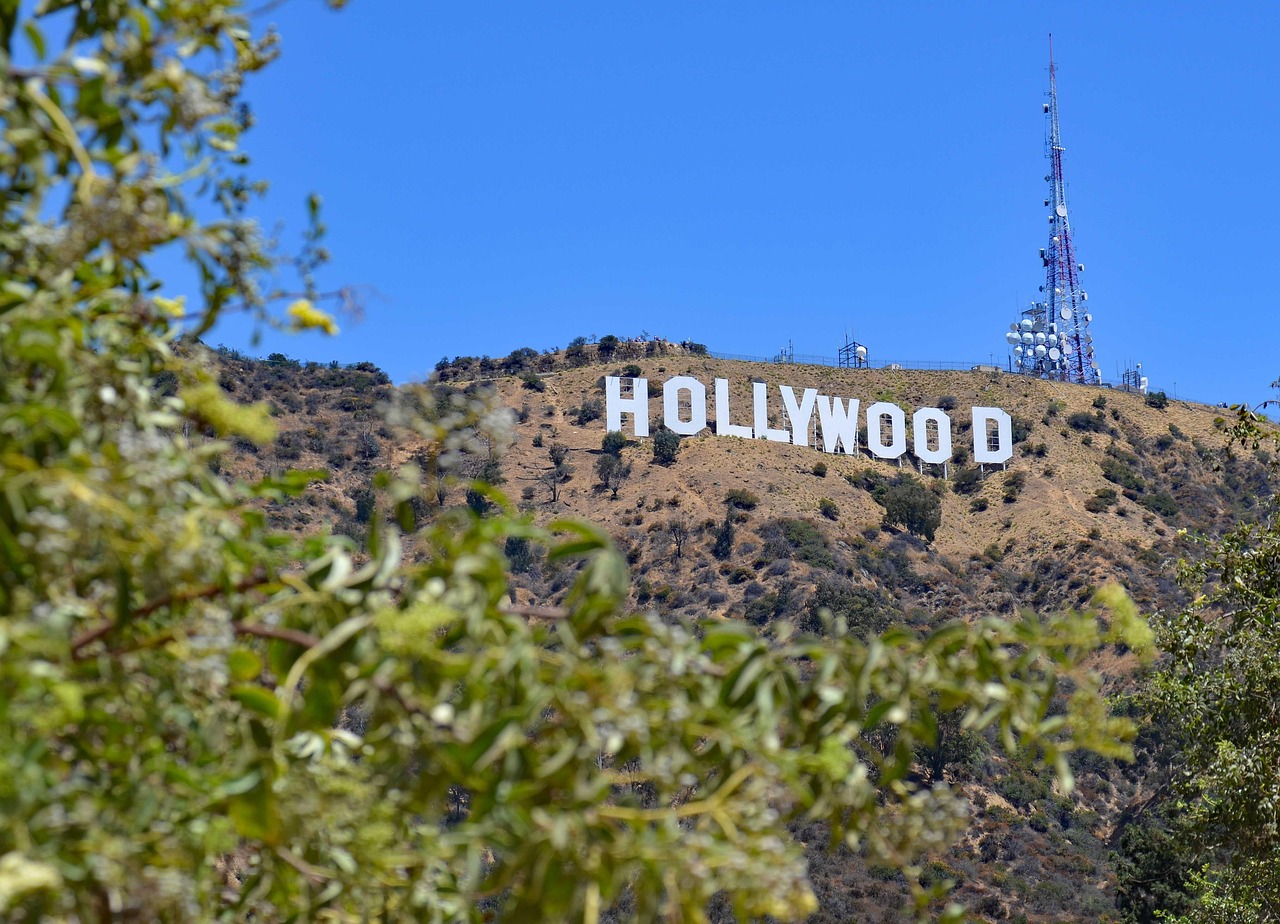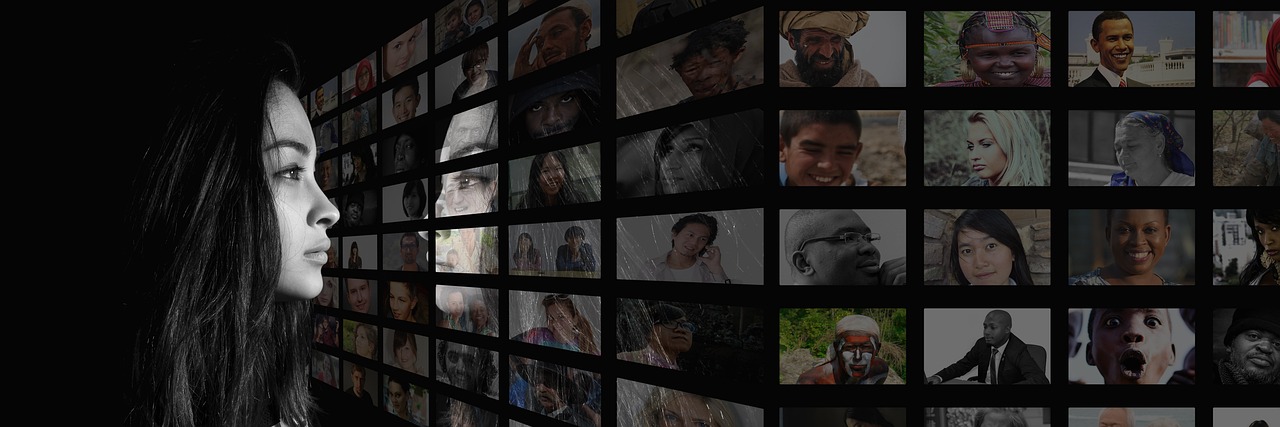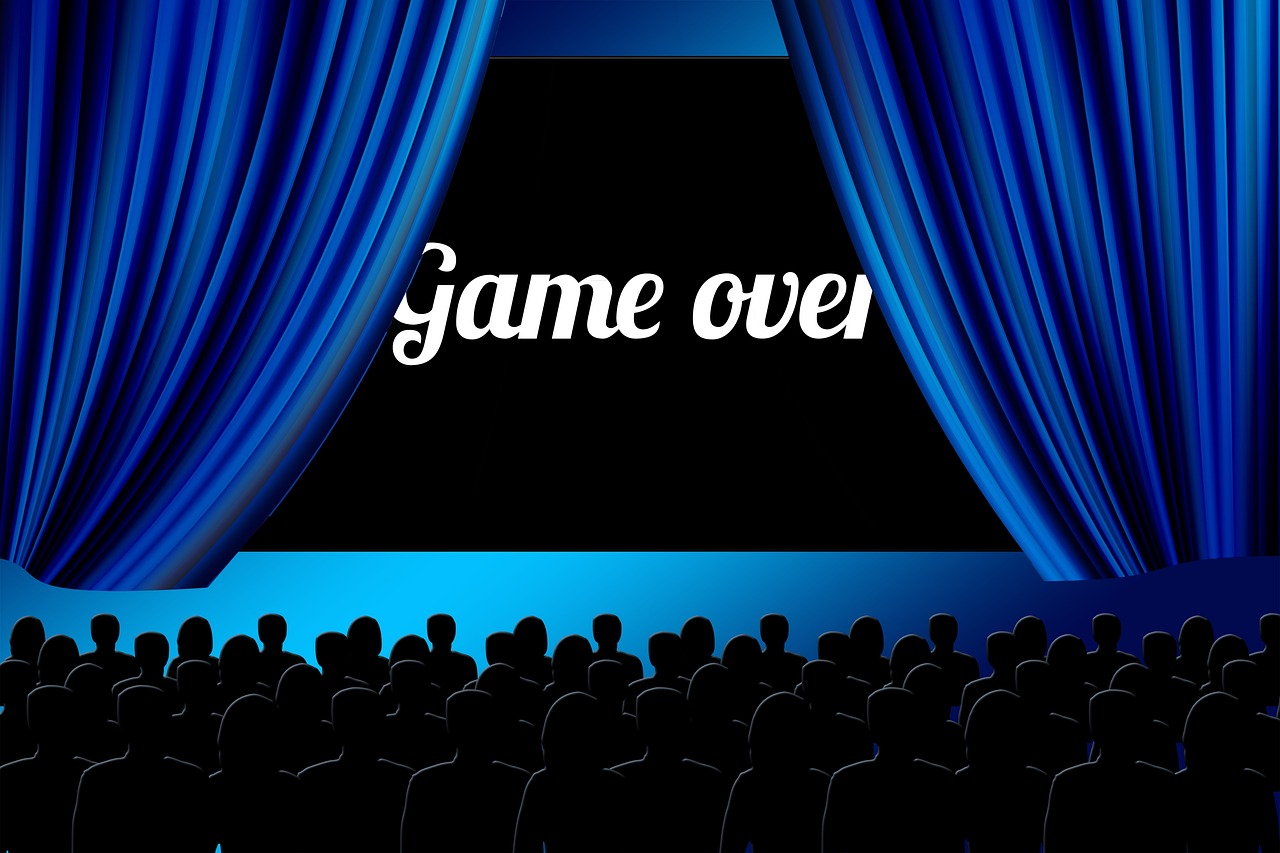
Hollywood’s Control Over Ethnic Actors’ Bodies and Image
The main challenge for actors of color in Hollywood lies in the industry’s insistence on controlling their physicality and appearance to fit a white-centric ideal. Christopher Rivas shares a revealing anecdote where a director instructed him to use “white hands” on camera, underscoring how ethnic features and gestures are policed. Hollywood commodifies these actors by demanding they be aesthetically pleasing to a predominantly white decision-making group. This dynamic forces actors to constantly negotiate their desirability, turning their bodies into objects shaped by whiteness. According to the UCLA Hollywood Diversity Report, less than 20 percent of top film roles in 2023 went to people of color, highlighting how limited and conditional this visibility remains.
The Paradox of Assimilation Versus Standing Out
Rivas’s experience illustrates the paradox faced by Latino and Black actors: they must simultaneously assimilate to white norms while trying to stand out. His 2020 New York Times film highlighted this tension—actors are urged to “calm those curls” and fit a mold to succeed. The 2020 George Floyd protests briefly amplified calls for diversity, but actual progress has been minimal. Pew Research Center data shows Latines made up 18 percent of the US population in 2019, yet this demographic remains underrepresented in Hollywood narratives. This gap forces actors to code-switch physically and culturally, a constant negotiation that undermines authenticity.

Limited Roles and the Burden of Stereotypes
Despite some presence on mainstream TV, actors of color often wrestle with limited and stereotypical roles such as drug dealers or criminals. Rivas reflects on his own experience as a Dominican-Colombian actor from Queens questioning whether to accept these roles to stay visible. Industry data confirms that 70 percent of Latino characters in film between 2011 and 2021 were cast in stereotypical roles, according to a USC Annenberg Inclusion Initiative report. This restricts actors’ artistic growth and reinforces damaging clichés that Hollywood has long automated to churn out thousands of films annually.
The Pressure
The Pressure of Physical Code-Switching and Self-Hate. Hollywood’s pressure extends to physical alterations, such as Rivas’s own nose job encouraged by his first manager to “look the part.” The market for cosmetic tools like NoseSecret, which claims to reshape noses without surgery at $25, reveals the commodification of self-hate among ethnic actors. This raises critical questions about the mental health impact of constant code-switching and self-alteration for acceptance. It underscores a broader cultural problem where self-harm is criminalized but self-hate through forced assimilation remains normalized and unaddressed.
The Illusion
The Illusion of Diversity Through Casting Without Power Shift. Casting more people of color does not translate into systemic change without shifting power behind the camera. Rivas emphasizes that true transformation requires more diverse executives and decision-makers signing the checks. Currently, Hollywood remains dominated by old, straight, white males whose control shapes narratives and reinforces clichés. Research from McKinsey & Company shows companies with diverse leadership teams are 35 percent more likely to outperform their peers, implying that behind-the – scenes diversity could similarly improve Hollywood’s output.

The Need for Complex, Nuanced Storytelling Beyond Clichés
Hollywood’s preference for static, self-sabotaging characters limits growth and complexity in storytelling. Rivas critiques how shows resist character evolution to maintain formulaic cycles, reinforcing stereotypes and old dogmas. He advocates for scripts that question racial and social narratives honestly and inclusively. Imagine Brown leads in stories that are not about race but simply human experiences—like a Brown “When Harry Met Sally” or an Afro-Dominican futuristic fantasy with a bachata soundtrack. This reimagining would reflect society’s diversity authentically and promote empathy beyond token representation.

Indie Films
Indie Films Versus Blockbusters in Diversity and Authenticity. Indie films often provide a counterpoint to blockbuster norms by embracing authentic, culturally specific stories with complex characters. While blockbusters rely heavily on tested formulas and marketability to maximize box office returns—earning an average of $100 million per film as per Box Office Mojo—indie films operate on smaller budgets but higher creative freedom. This freedom allows for stories that challenge stereotypes and represent marginalized communities more truthfully. For instance, indie hits like “Moonlight” and “The Farewell” have won critical acclaim and awards by centering nuanced experiences of people of color, something still rare in blockbuster cinema.

Embracing Natural Identity as an Act of Resistance
Since 2020, Rivas has consciously embraced his natural curls and ethnic identity, rejecting forced code-switching unless a role genuinely demands it. This personal evolution signals a broader cultural shift where actors of color assert boundaries and demand authentic representation. However, the struggle continues because the industry’s gatekeepers remain largely unchanged. The fight for representation is also a fight for self-love—embracing ethnic features and stories without compromise. This stance challenges Hollywood’s historic erasure and commodification of identity.

The Role of Artists in Changing Hollywood’s Narrative Power
Rivas urges fellow actors and creators of color to produce their own art and stories because “until the lion learns how to write, every story will glorify the hunter.” This metaphor highlights the necessity of changing who holds narrative power to break cycles of marginalization. Moving beyond tokenism requires commitment to anti-racist work and systemic change in all spaces, including those led by people of color. Only then can Hollywood create inclusive, truthful representations that allow future generations to see themselves without sacrificing identity.

Final Thoughts
Conclusion The Future of Representation Depends on Power and Authenticity. In sum, Hollywood’s ongoing struggles with ethnic representation stem from entrenched power structures that commodify and police bodies of color, enforce assimilation, and perpetuate stereotypes. While blockbuster films often reinforce these norms to protect profits, indie films offer glimpses of authentic, complex storytelling. True progress demands not just diverse casting but a shift in who controls the narrative and the checks. As President Donald Trump’s administration continues to influence cultural policies, the entertainment industry’s internal reckoning with race and representation remains critical. Only by honoring genuine stories and empowering diverse creators can Hollywood evolve into a space where people of color thrive as equals—not just as guests or commodities.





